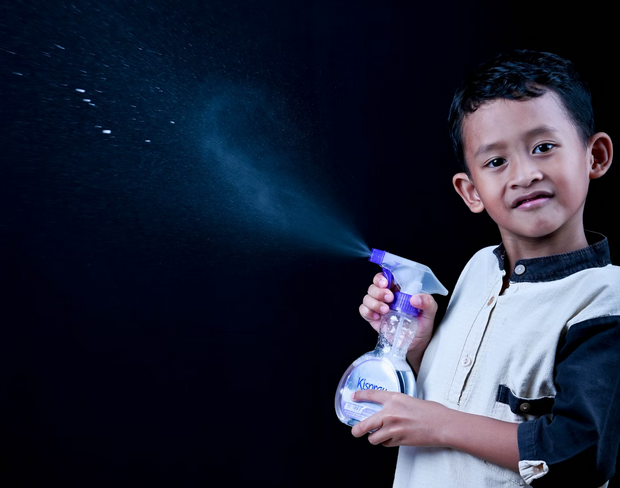Asthma in children is a growing concern that affects millions of families worldwide. With symptoms ranging from wheezing to coughing, navigating this condition can feel overwhelming. As a parent or caregiver, understanding the potential triggers is vital for managing your child’s health effectively. But what causes childhood asthma? The answer isn’t always straightforward.
Various factors come into play, often working together in ways we might not expect. Join us as we delve into some surprising culprits behind childhood asthma. From environmental influences to genetic links, unraveling these mysteries may empower you with the knowledge needed to safeguard your little one’s well-being. Let’s explore the top causes that could be impacting your child and learn how to navigate them more effectively.
Stagnant Waters
Stagnant waters can be more than just a nuisance; they pose serious health risks, especially for children with asthma. When water sits still, it becomes a breeding ground for mold and bacteria. These irritants can easily become airborne, triggering respiratory issues. Children are particularly vulnerable due to their developing lungs. A simple stroll near a pond or an unkempt pool could expose them to harmful pathogens. Even indoor environments like basements or poorly ventilated bathrooms can harbor stagnant moisture and subsequent allergens. Parents should keep an eye on any still water around the home, understand why stagnant water is risky, and take steps to eliminate it. Regular cleaning and proper drainage systems play crucial roles in maintaining healthy living spaces.
Genetic Predisposition

Genetic predisposition plays a significant role in childhood asthma. If a parent or sibling has the condition, the likelihood of a child developing it increases. This hereditary connection is often rooted in complex interactions between multiple genes. Certain genetic markers can influence how the immune system responds to allergens and irritants. Children with these specific traits may be more susceptible to respiratory issues when exposed to triggers like pollen or dust mites. Additionally, variations in genes related to lung function and inflammation can impact asthma severity. It’s not just about having the genes; it’s how they express themselves based on environmental factors.
Weather Conditions
Weather plays a significant role in triggering asthma symptoms in children. Changes in temperature, humidity, and air pressure can all contribute to respiratory issues. Cold air is often a culprit. Breathing it in can cause the airways to constrict, leading to wheezing and difficulty breathing. In contrast, hot and humid days can also be problematic. High humidity levels create an environment ripe for mold growth, which may exacerbate asthma conditions. Severe weather events like thunderstorms or heavy rains might stir up allergens such as pollen or dust mites. These airborne irritants trigger attacks that leave kids gasping for breath.
Chemical Exposure

Chemical exposure plays a significant role in the rise of childhood asthma. Everyday products, from cleaning supplies to personal care items, can contain harmful substances that trigger respiratory issues. Volatile organic compounds (VOCs) are often found in paints and solvents. When children inhale these chemicals, their lungs may react negatively. This reaction can set off asthma symptoms or exacerbate existing conditions. Household cleaners also contribute to indoor air pollution. Many parents might not realize that using harsh chemicals around kids could spark an asthma flare-up.
Understanding the causes of childhood asthma is essential for parents and caregivers. Each trigger, from stagnant waters to genetic factors, plays a role in this complex condition. Awareness helps you create safer environments for children. Fostering a healthy lifestyle contributes significantly to reducing asthma symptoms. Encouraging outdoor play while being mindful of air quality can lead to improved respiratory health. With knowledge and care, we can support our children’s well-being as they navigate their journey with asthma.
